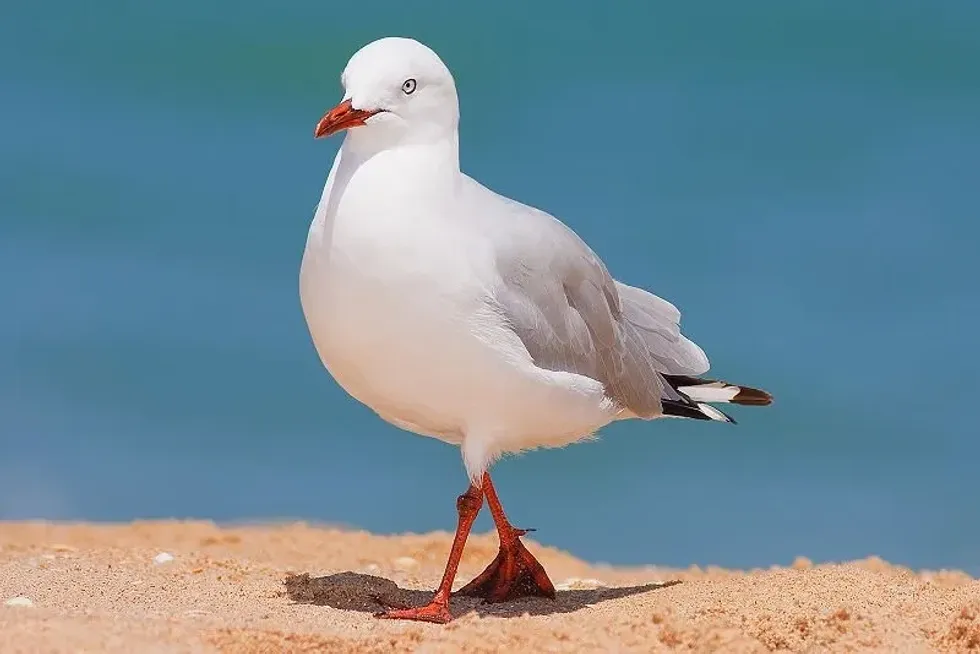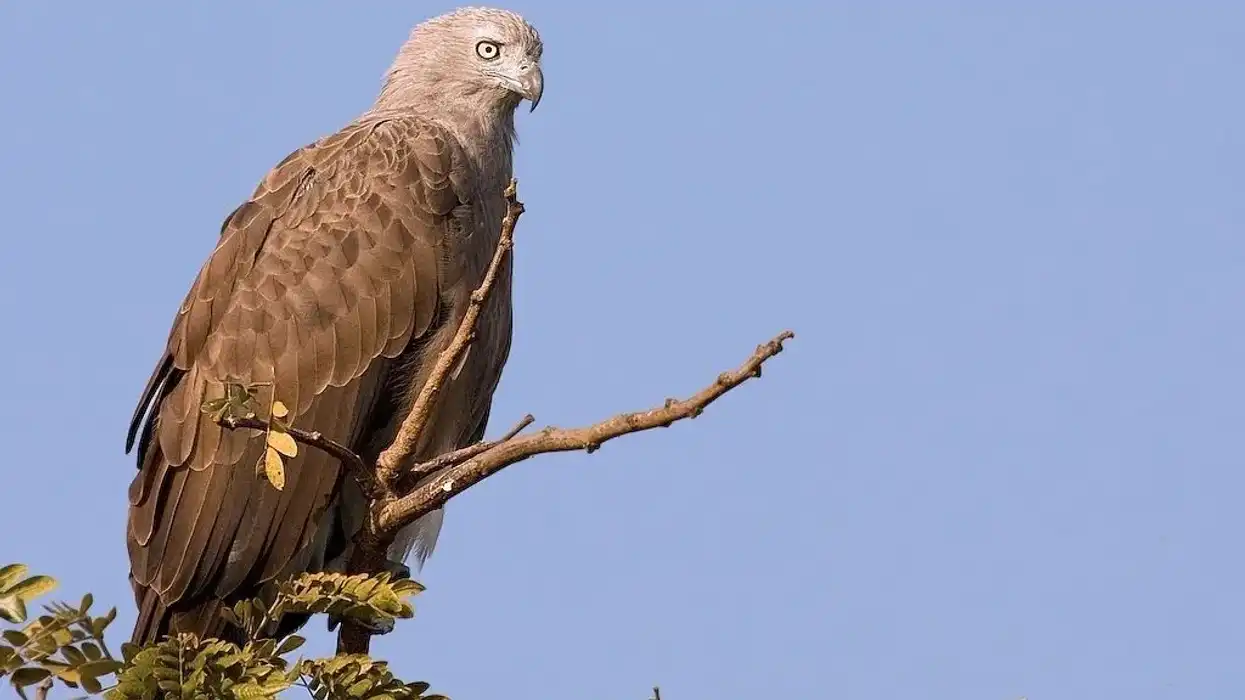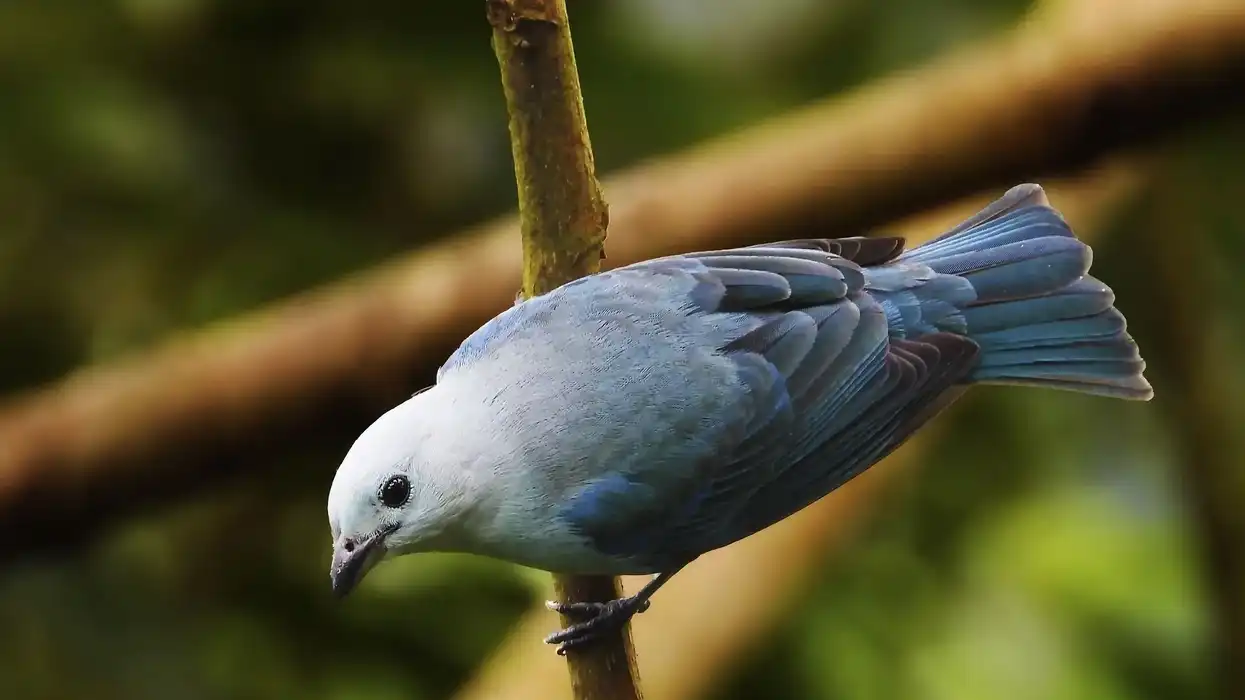The silver gull is also known as the Australian seagull. Its scientific name is Chroicocephalus novaehollandiae, and it is a successful scavenger bird species native to Australia.
It was formerly classified as part of the genus Larus, as are many gulls, but is now classified as a part of the genus Chroicocephalus. The South African Hartlaub's gull (C. hartlaubii) was once thought to be a subspecies of the silver gull as it was also classified as a Larus.
Silver gulls have a red beak and a red ring around their eyes, and their feathers vary from white to gray, with some areas of their wings becoming black. They also have a red beak and a red ring around their eyes. Silver gulls should not be confused with larger but similar species like the Pacific gulls (Larus).
To search for silver gull birds, you must look at their breeding habitat, feeding grounds, and beach near the Ocean of Australia. The bird produces a high-pitched common call and is an important breeding behavior of the species.
This bird's feeding habit is that of a scavenger, and as a carnivore, it may consume a wide range of food, from birds and worms to dead and decaying substances, even throughout the breeding process.
For more relatable content, check out these fact files on willow warbler and chipping sparrow.
Silver Gull Interesting Facts
What type of animal is a silver gull?
The silver gull (Chroicocephalus novaehollandiae) is Australia's most common gull and belongs to the Aves tribe.
What class of animal does a silver gull belong to?
The silver gull (Chroicocephalus novaehollandiae) belongs to the class of Aves.
How many silver gulls are there in the world?
With a distribution range all over Australia, this bird species has no census conducted on their population.
Where does a silver gull live?
The silver gull distribution range is very widespread all over Australia. But it can also be seen in countries like New Zealand and New Caledonia.
What is a silver gull's habitat?
The silver gull is well suited to a wide range of modern urban environments. Although the Australian seagull prefers coastal areas to form a nest, it could be seen all over the continent.
It can be seen moving out on sandy and rocky coastal beaches, parks, and garbage dumps. Birds swarm around fishing vessels as they depart or return to shore, but they rarely go far out to sea.
Who do silver gulls live with?
Being semi-colonial nesters, these birds may or may not form a colony but often pair and mate for life. If the pair decide to be a part of a colony, it would consist of thousands of birds.
How long does a silver gull live?
The silver gull lives for around 30 years of age at the higher end.
How do they reproduce?
From August to December, the birds breed. The nest is made up of seaweed, algae, roots, and plant stems and is situated on the surface.
Wide populations of silver gulls breed and nest on the offshore islands. Low shrubs, cliffs, rocky surfaces, and jetties are the places where they form their nest. One to three eggs is a typical clutch size.
What is their conservation status?
This species has no authorized Conservation Advice and is classified as Least Concern. The abundance of human waste foods has resulted in a significant increase in the population of silver gulls. The only factor limiting their population explosion is a scarcity of suitable habitats to form a nest.
Silver Gull Fun Facts
What do silver gulls look like?
The silver gulls have a light gray back and black-tipped wings with a white to gray head, tail, and underparts. The bill, eyes, and legs of young birds are all black. Their wings are brownish buff with slight white to gray patches on the wingtip. Adult birds have a vivid orange-red bill, wings, and eye-ring.
How cute are they?
Silver gulls are considered somewhat cute birds in Australia.
How do they communicate?
A rough 'kwee-aarr' is the most popular common call, according to various sources.
How big is a silver gull?
The adult has a length of 15-17.7 in (38-45 cm). This is about twice the length of the average human male hands. The length of the whole silver gull is the same as the snout of an elephant seal! The average wingspan of an adult is 37 in (94 cm).
How fast can a silver gull fly?
A few anecdotal sources calculate their speed to be somewhere around 18-22 mph (29-35.4 kph). There have been no definitive studies to calculate the speed of silver gulls.
How much does a silver gull weigh?
The silver gull is a fairly small bird and weighs somewhere between 9.2-12.3 oz (260-350 g).
What are the male and female names of the species?
There is no such specific name for the male and females of the species.
What would you call a baby silver gull?
A baby silver gull can be referred to as a chick.
What do they eat?
Birds, worms, fish, insects, and crustaceans are all common food items for the silver gull. It is a scavenger, causing increased numbers to assemble near human cities, hounding for garbage, stealing from unsupervised food bins, and looking for human waste at landfills for its food.
Are they dangerous?
No, these birds are not dangerous or aggressive at all. No incidences have ever been recorded of these small birds ever causing any harm to people, let alone killing them.
Would they make a good pet?
No, the silver gulls would not make good pets. Not only is it difficult to get your hands on one of them, but this successful scavenger will not be able to survive in captivity because of its nature and lifestyle.
Did you know...
The Herring gull, which is also known as 'silver gull' in many other languages, is not to be confused with the silver gull. The Herring gull is a slightly bigger, more robust gull with a habitat range that does not overlap.
'Red-billed gulls, 'sea pigeons,' and 'seagulls' are all the names commonly used for silver gulls.
Are silver gulls native to Australia?
Yes, silver gulls are Australian birds, and as such, they are protected under the Victorian Wildlife Act 1975. These birds can also be found in very small numbers in countries like New Zealand and the North of New Caledonia.
What is special about seagulls?
Seagulls are loving and attentive guardians. The male and female form a lifelong bond and alternate incubating, feeding, and securing the chicks. This is a rare and beautiful occurrence of organized parenting and monogamy in the Animal Kingdom.
Here at Kidadl, we have carefully created lots of interesting family-friendly animal facts for everyone to discover! For more relatable content, check out these Hawaiian hawk facts and saker falcon facts for kids.
You can even occupy yourself at home by coloring in one of our free printable silver gull coloring pages.









